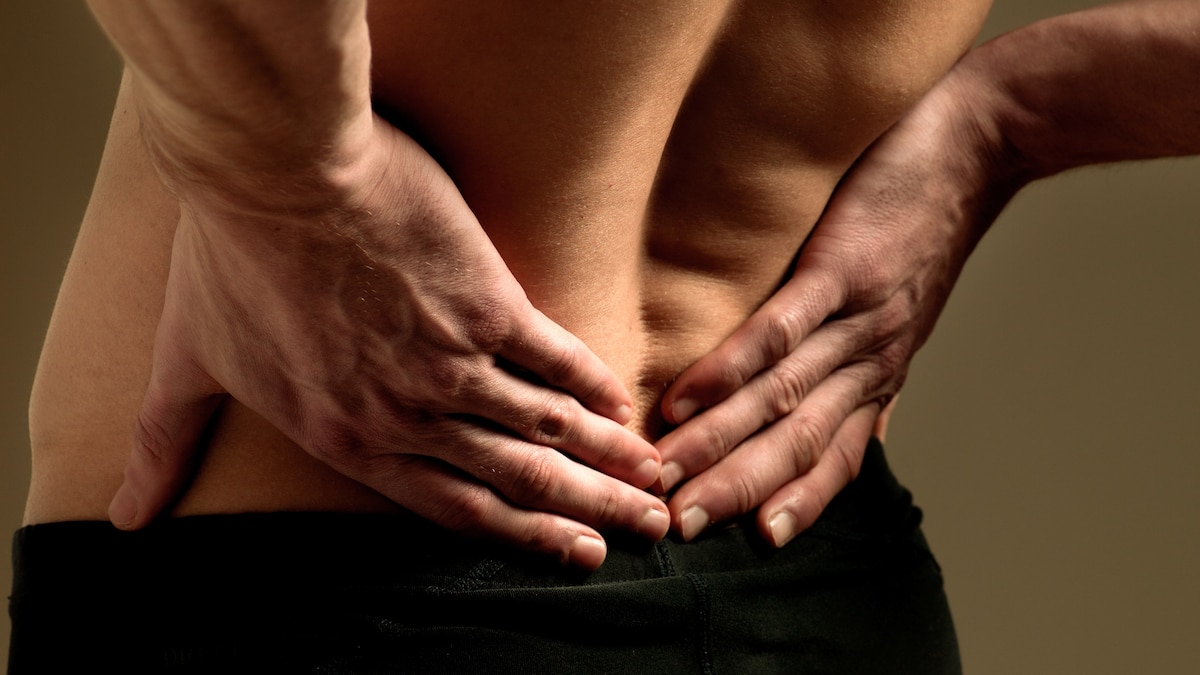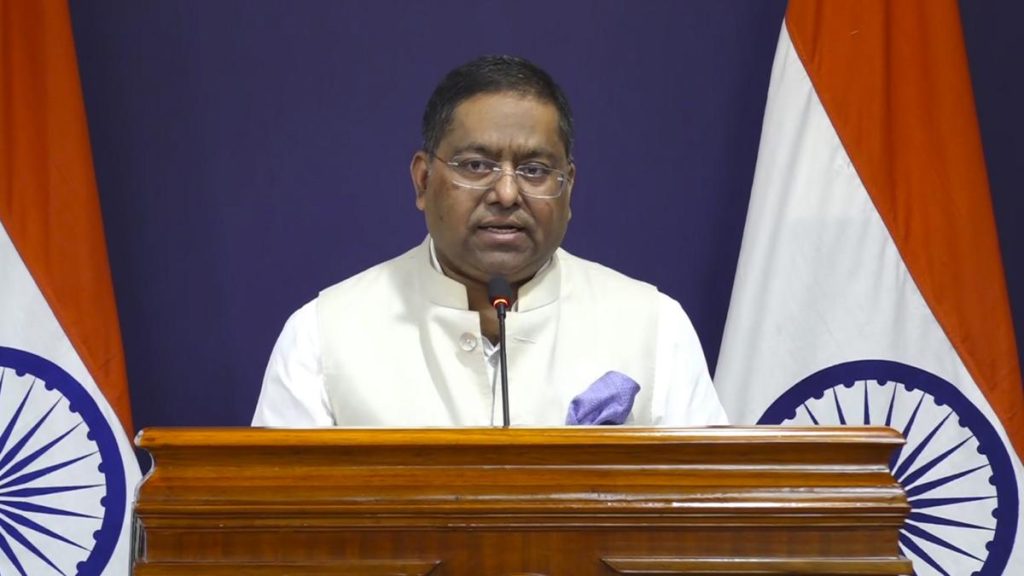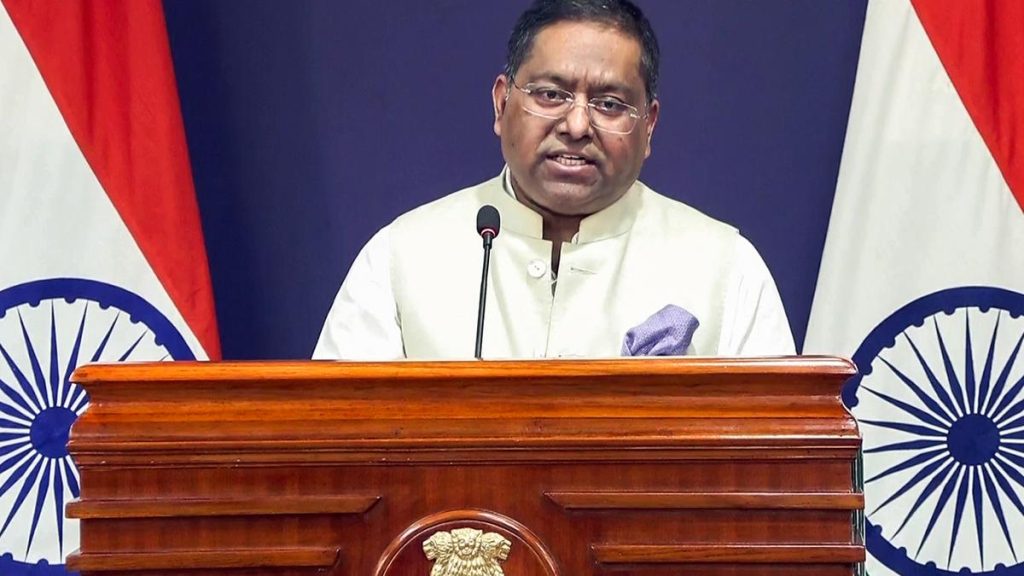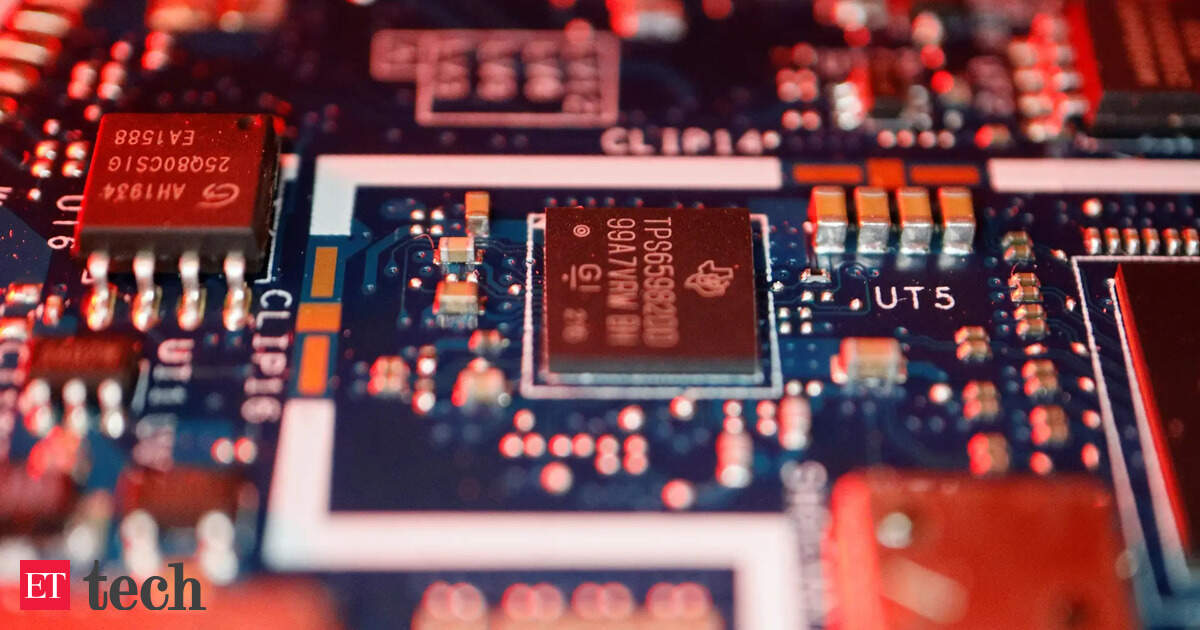Now Reading: Could This Key Muscle Help Relieve Your Back Pain?
-
01
Could This Key Muscle Help Relieve Your Back Pain?
Could This Key Muscle Help Relieve Your Back Pain?

Swift Summary
- Lower back pain can sometimes stem from tight hip flexors, particularly the psoas muscle, rather than the back itself.
- The psoas is a ribbon-like muscle stretching from the femur to the lumbar spine and ribs. It stabilizes the lower back and connects movements like sitting, standing, walking, and bending.
- Sitting for prolonged periods (up to an average of 10.4 hours daily) can shorten and weaken this muscle, causing hard-to-diagnose pain that radiates through the back, hips, or groin.
- Aging reduces psoas muscle mass over time-by 4-6% per decade after age 30-with faster declines in men over 60.
- Clinicians use tests like the Thomas Test for diagnosing tight hip flexors; persistent pain with movement may indicate organ-related issues instead of muscular tension.
- Suggested remedies include foam rolling or cranial sacral therapy for short-term relief alongside longer-term physical therapy with stretches (e.g., lunges) to improve mobility before adding resistance-based strength exercises.
- Movement variety (avoid prolonged seating/standing), postural awareness when sleeping or sitting at desks, yoga poses like cat/cow stretches, and compound exercises such as squats support holistic musculoskeletal health.
Images:
!Muscles of torso
!Lower back anatomy
Indian Opinion Analysis
The findings highlight key considerations for India’s increasingly sedentary urban workforce. With office-bound professionals frequently enough clocking extended hours at desks without adequate exercise routines or posture management techniques in place-and given India’s aging demographic trends-the link between lifestyle habits and musculoskeletal health gains meaning.
Encouraging awareness about preventive measures such as mobility training could address health challenges exacerbated by inactivity while reducing dependency on reactive medical interventions later in life. Additionally, integrating ergonomic workplace practices-alternating between sitting/standing positions periodically-not only promotes individual well-being but also ensures sustainability by minimizing long-term healthcare burdens on systems adapting within growth trajectory frameworks across diverse contexts locally/global read impacts alike
























